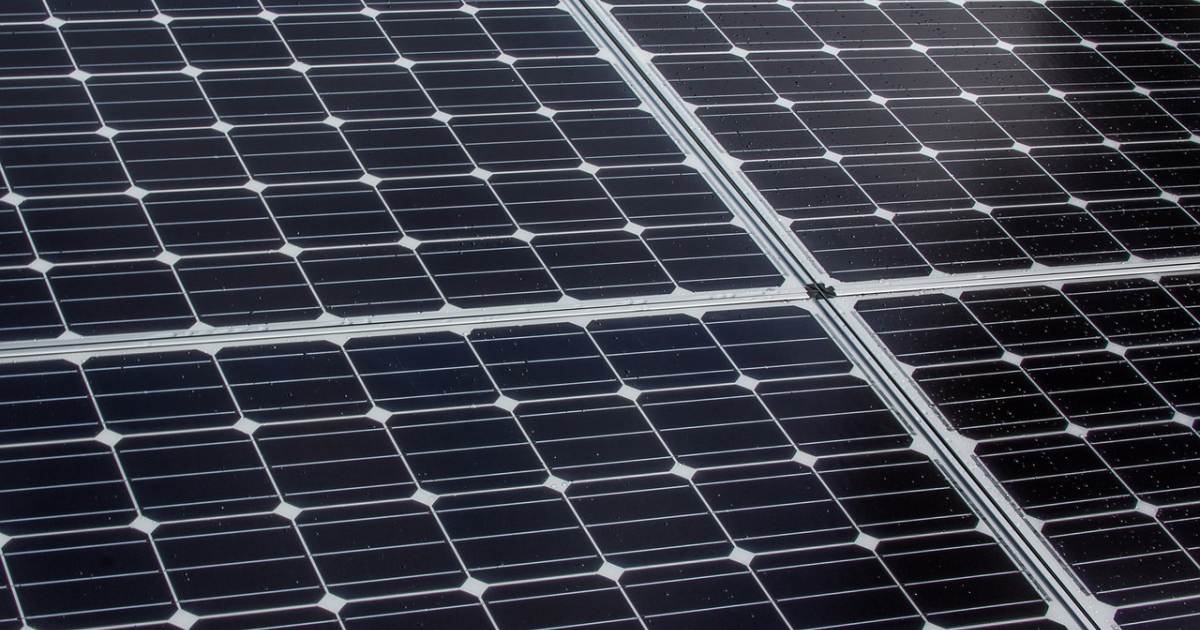
Image: MrRick
The Queensland Government’s Solar For Rentals trial for the private market kicked off in March this year. Uptake to the end of the financial year was less than stellar.
Queensland has Australia’s second highest proportion of renters (28.2% in 2016) – and most renters are locked out of the benefits solar energy can bring.
The $4 million Solar For Rentals program trial aims to provide up to 1,000 landlords with properties in Bundaberg, Gladstone and Townsville a rebate of up to $3,500 on the installation of a solar power system. In a scenario where a landlord has multiple properties, a rebate can be sought for each rental property owned.
The trial, which follows on from a Queensland public housing pilot, runs until June 2020 or until funding is exhausted – and it doesn’t appear like the latter will happen any time soon.
According to a QLD Government release published on Saturday in relation to progress on its Affordable Energy Plan, 42 Solar For Rentals rebates were delivered to the end of the financial year, for a grand total of $143,000. The scheme had been running for 3 full months by that point.
It’s great the Palaszczuk Government is tackling the rental market, but SQ’s Finn has previously commented that perhaps the only way to effectively tackle solar for renters is by cutting the landlord out of the picture altogether. He suggests giving renters access to Australia’s major solar subsidy (aka the “solar rebate“) for use in investing in commercial-scale solar energy systems and having the resulting benefits from such systems deducted from their electricity bills.
—-
Update October 2 : A release from the Palaszczuk Government published this morning paints a rosier picture than the Saturday release. It states the Government had paid more than $660,000 in rebates for the trial in the first 7 months – but mentions only 79 landlords. $660,000 divided by 79 is around $8.3k, so there’s obviously a significant number of rebates going landlords with multiple properties.
——
Other Affordable Energy Plan Progress Highlights
The Palaszczuk Government states during 2018-19, almost $1.5 billion in dividends from Queensland’s publicly-owned electricity assets were reinvested to drive down power bills through subsidies, provide dividend payments to Queenslanders in the form of electricity account credits and into infrastructure.
“Queensland’s power assets are owned and run by Queenslanders,” said Energy Minister Dr Anthony Lynham. “Because we own our power assets, Queenslanders are paying the lowest average electricity prices of any mainland state in the National Electricity.”
Also delivered in 2018/19:
- $17 million in grants and interest-free loans for rooftop solar panels and battery installations 1.
- $1.6 million for Queenslanders who took up EasyPay Rewards.
- $2.5 million to help low-income families better manage their power bills.
- $700,000 to deliver the Business Energy Savers Program for agricultural customers and large businesses.
Footnotes
- Now closed to new applications – it would be interesting to see a breakdown of uptake ↩

 RSS - Posts
RSS - Posts



The QLD results are disappointing but not surprising. Too often, policy-makers assume that landlords are rational decision-makers who will respond to financial incentives. They ignore all the barriers that landlords face, least of all a big status-quo bias (in this, landlords are like everyone else).
Given the massive community benefits of getting solar on more rooftops, governments may have to get a bit more sophisticated with their approach. Solar gardens, where renters can invest in solar pv that isn’t on their own roof, could be part of the answer.